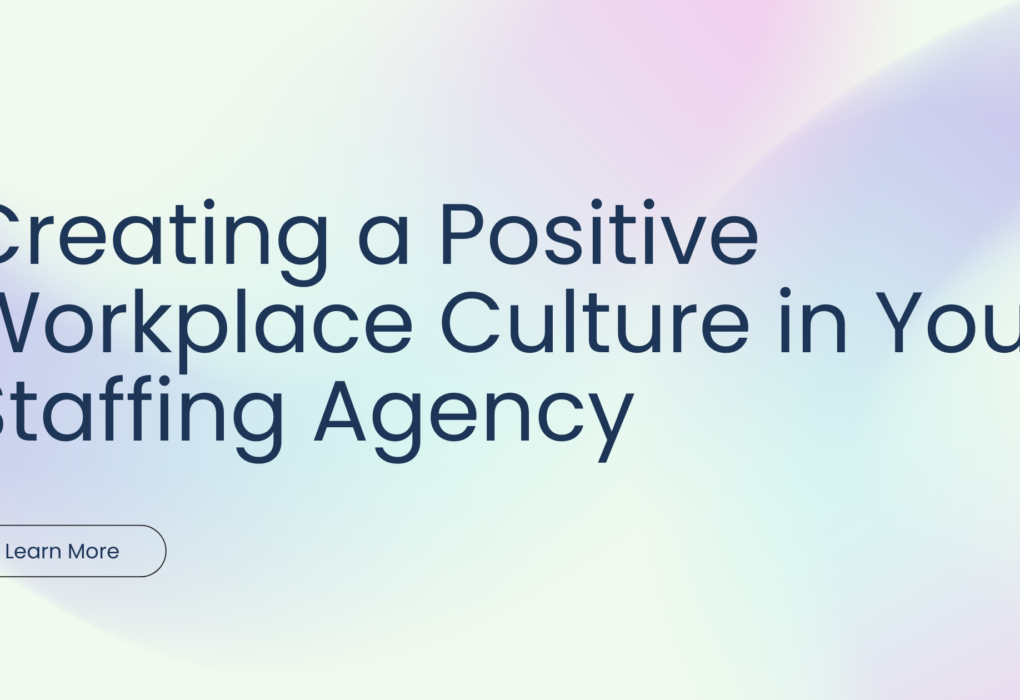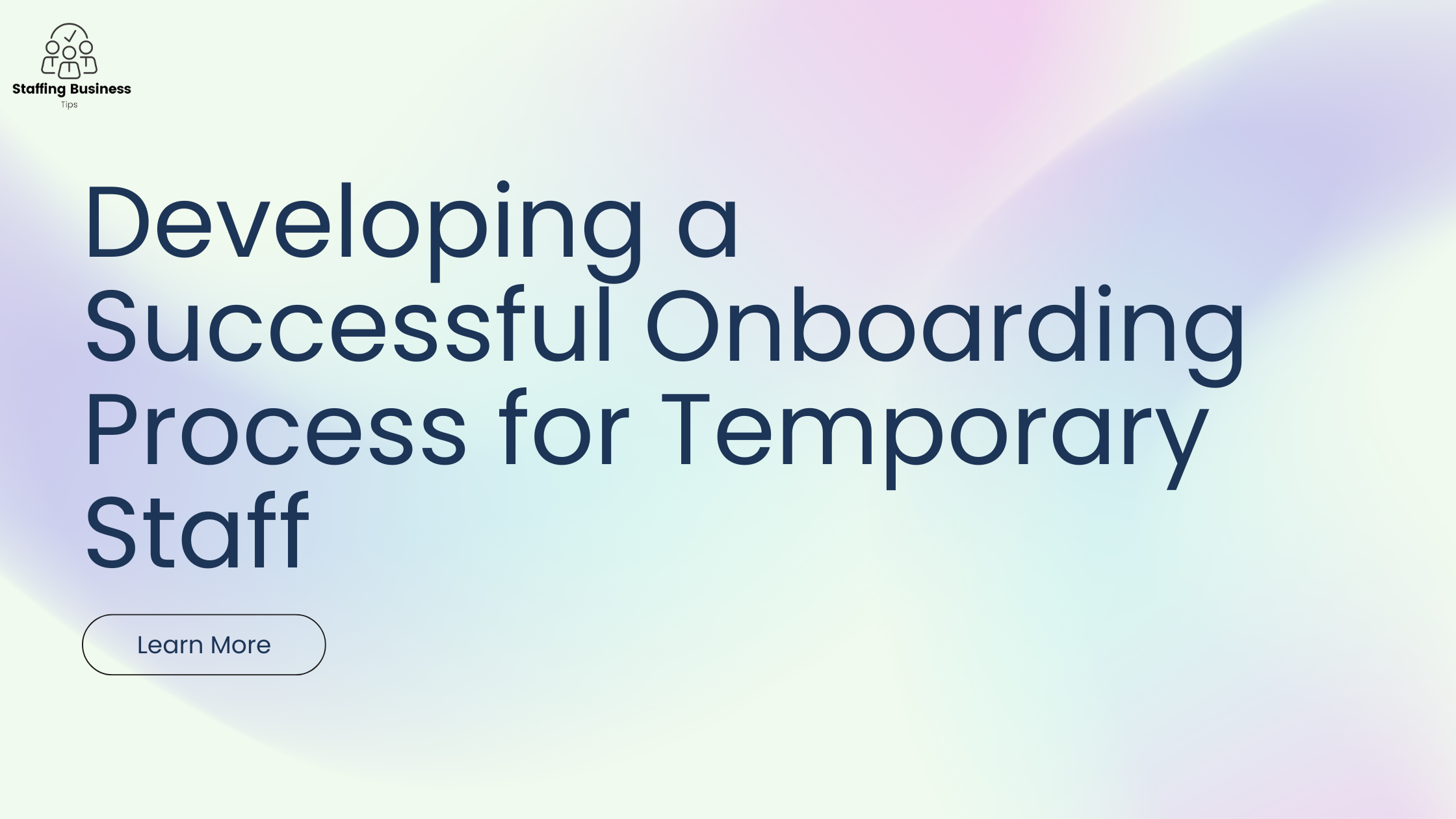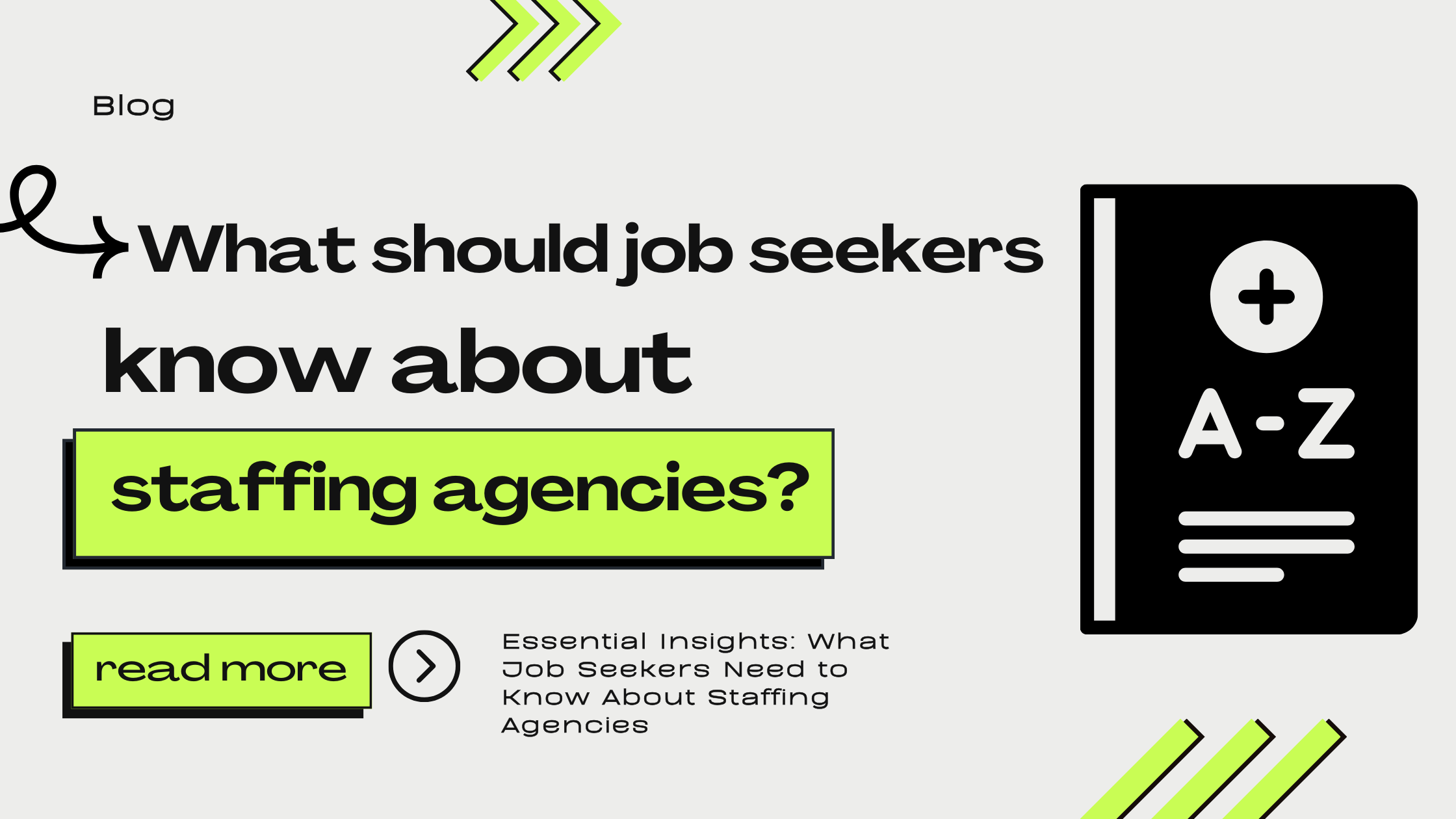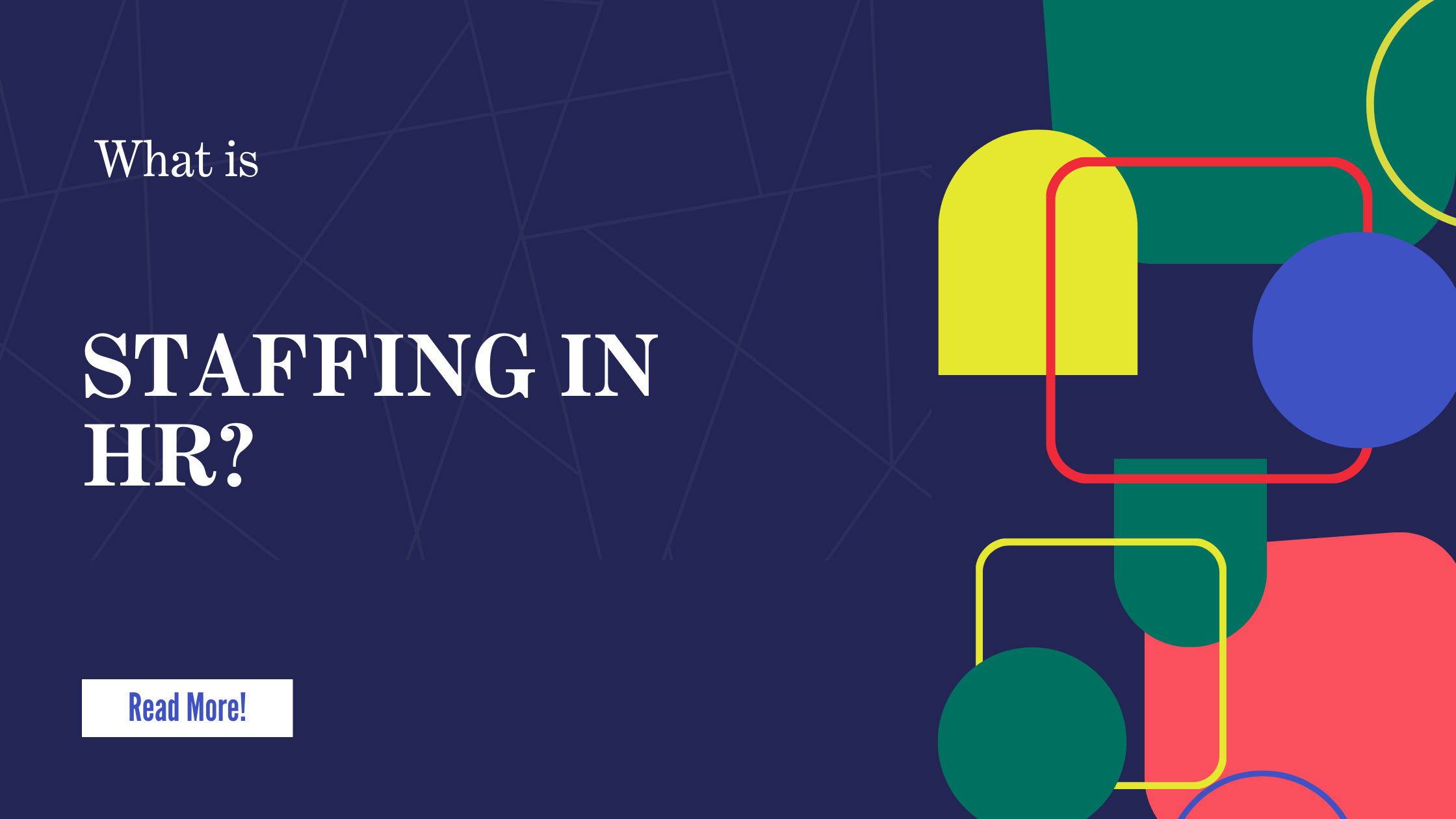

The Future of Staffing: Trends and Predictions
The staffing industry is experiencing ongoing changes, necessitating adaptation from staffing agencies to maintain competitiveness. A significant trend influencing the future of staffing is the increasing prevalence of remote work. Technological advancements and shifting attitudes towards flexible work arrangements have led to greater acceptance of remote work options among companies. This development has substantial implications…

How to Handle High Turnover Rates in Temporary Positions
High turnover rates in temporary positions are influenced by several factors. Temporary employees often experience a disconnect from the company culture and may feel less invested in the organization’s success compared to permanent staff. This lack of connection can result in reduced motivation and commitment, contributing to higher turnover rates. Moreover, temporary workers may perceive…

Key Metrics to Track for Staffing Agency Success
Staffing agencies serve as intermediaries in the job market, connecting employers with suitable candidates. To succeed in this competitive field, agencies must track and analyze key performance metrics. These metrics provide insights into recruitment effectiveness, placement strategies, and overall business health. Important metrics for staffing agencies include: 1. Fill rate: The percentage of open positions…
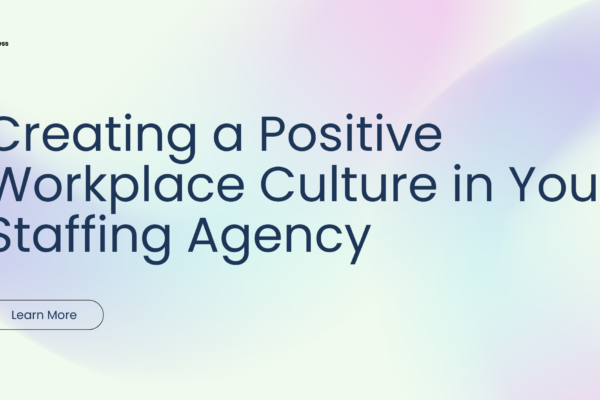
Creating a Positive Workplace Culture in Your Staffing Agency
Workplace culture forms the cornerstone of a successful staffing agency, influencing employee interactions, client relationships, and candidate experiences. A positive culture fosters employee satisfaction, enhances productivity, and improves retention rates. Conversely, a negative or toxic culture can lead to high turnover, decreased morale, and adverse effects on the agency’s financial performance. In the context of…

How to Scale Your Staffing Agency for Growth
Starting a staffing agency requires careful planning and preparation. The initial step involves conducting comprehensive market research to assess the demand for staffing services in the chosen industry or geographic area. This research helps identify potential clients and evaluate competitors. Based on these findings, a detailed business plan should be developed, outlining objectives, target market,…

How to Use Video Marketing in Recruitment Campaigns
In the digital age, video marketing has emerged as a key element of contemporary hiring tactics. Video content is now an efficient way to engage a large audience due to the widespread use of social media and online platforms. With the help of recruitment videos, businesses can more effectively present their organizational culture, values, and…
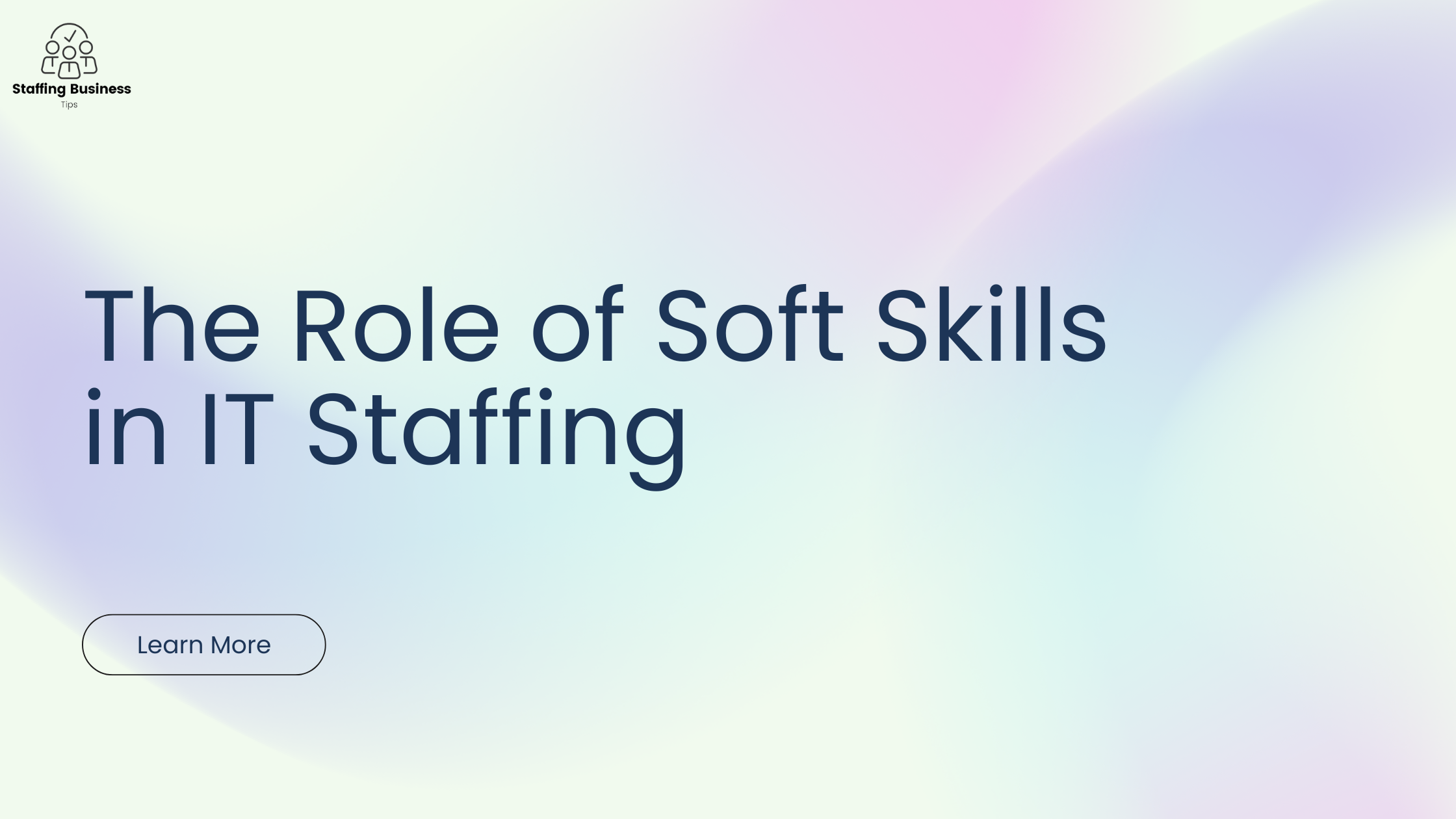
The Role of Soft Skills in IT Staffing
For IT professionals, soft skills are becoming more and more crucial in the quickly changing field of information technology. Expertise in the field is still important, but success in the industry now also requires strong interpersonal & communication skills. A variety of abilities, such as collaboration, problem-solving, flexibility, leadership, and time management, are included in…
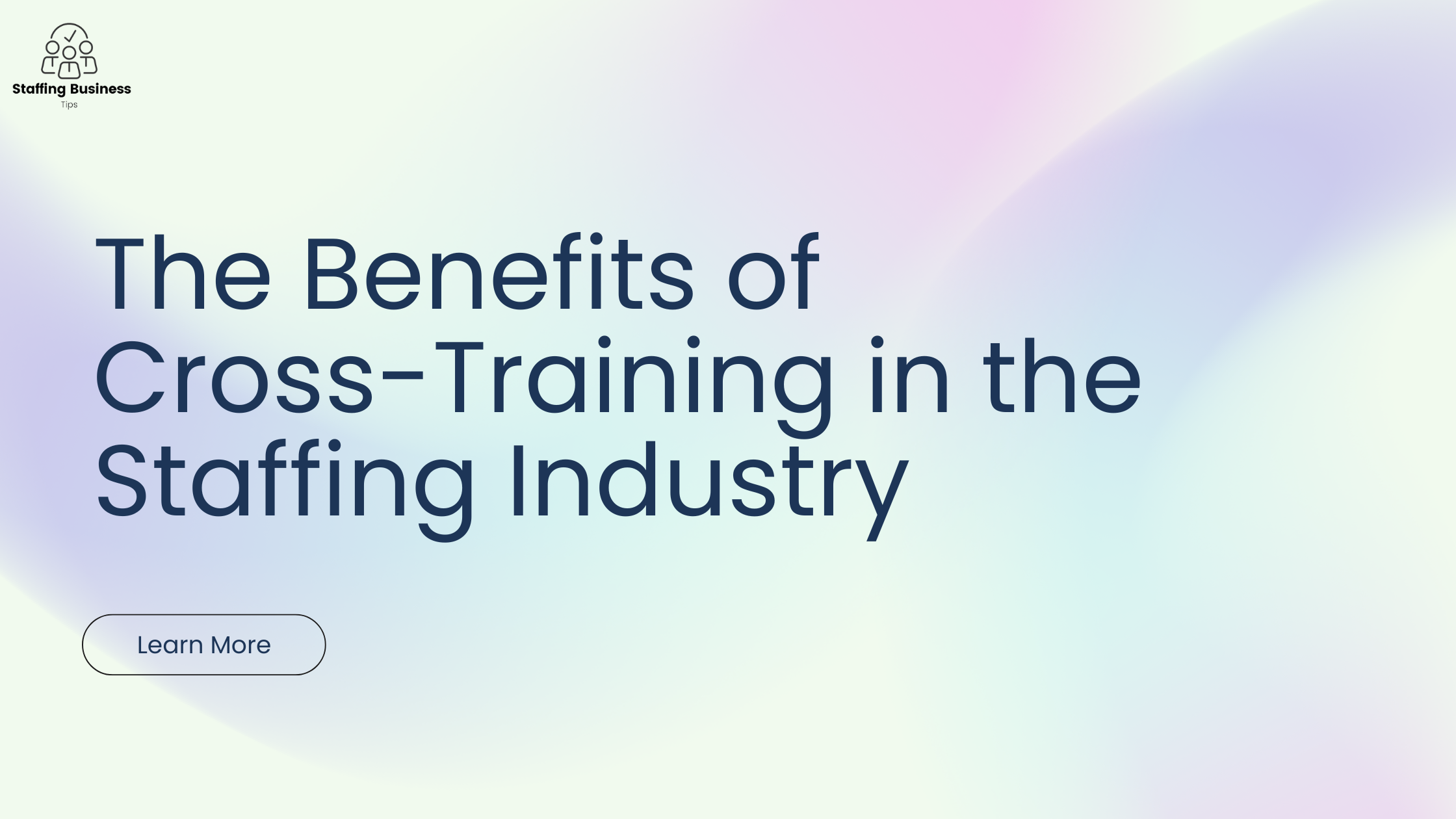
The Benefits of Cross-Training in the Staffing Industry
The practice of teaching staff members to fill different roles within an organization is known as cross-training in the staffing industry. Through the development of a broad skill set & knowledge base, this approach facilitates employees’ ability to seamlessly shift between various tasks and responsibilities. Companies are realizing the many advantages of cross-training, which is…
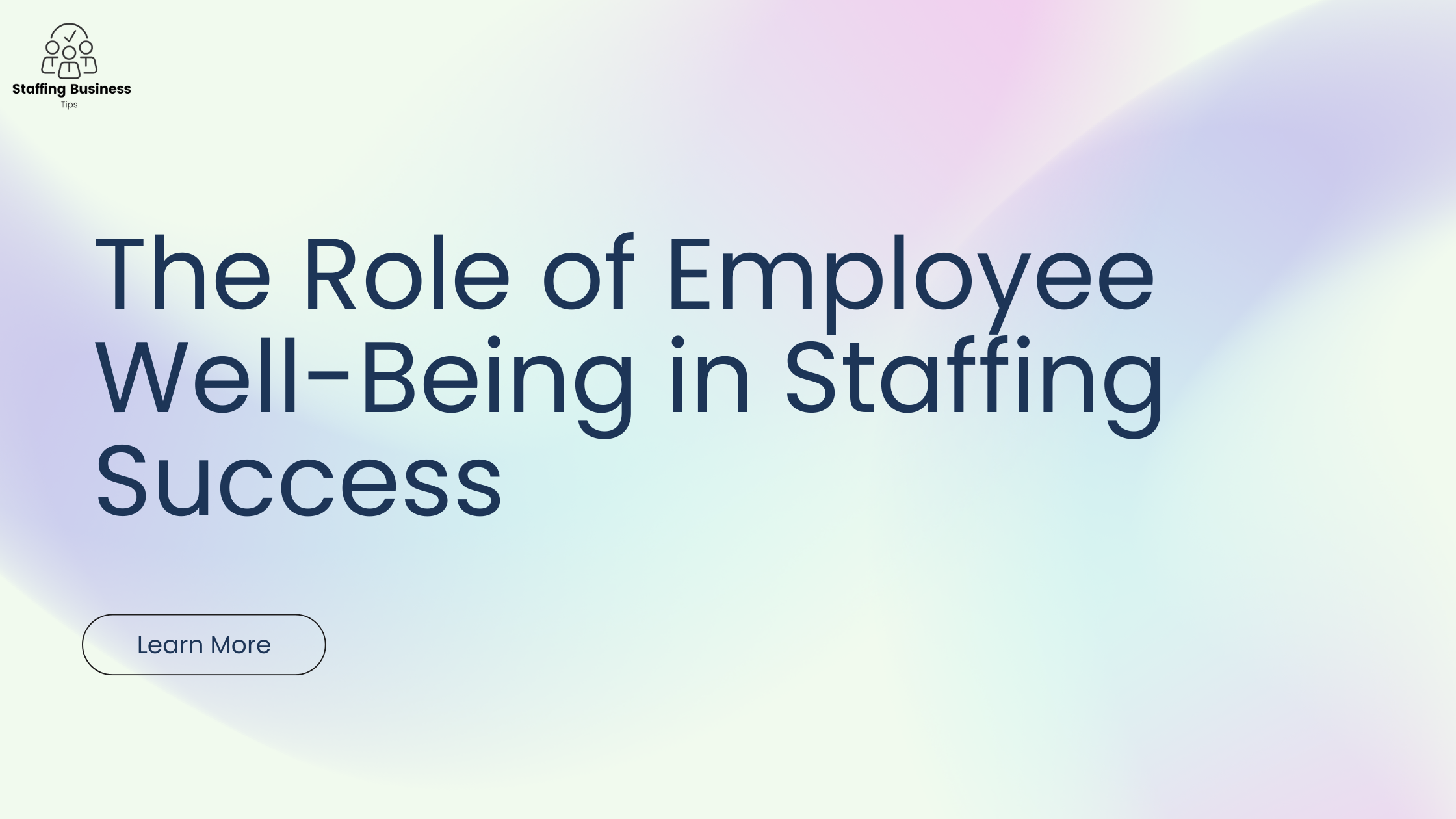
The Role of Employee Well-Being in Staffing Success
One of the most important factors in an organization’s success is its workforce. It includes the mental, emotional, and physical well-being of employees in their working environments. Positive well-being tends to increase employee engagement, productivity, and job satisfaction. Employer turnover costs are decreased and retention rates are raised as a result. Key Takeaways Employee well-being…
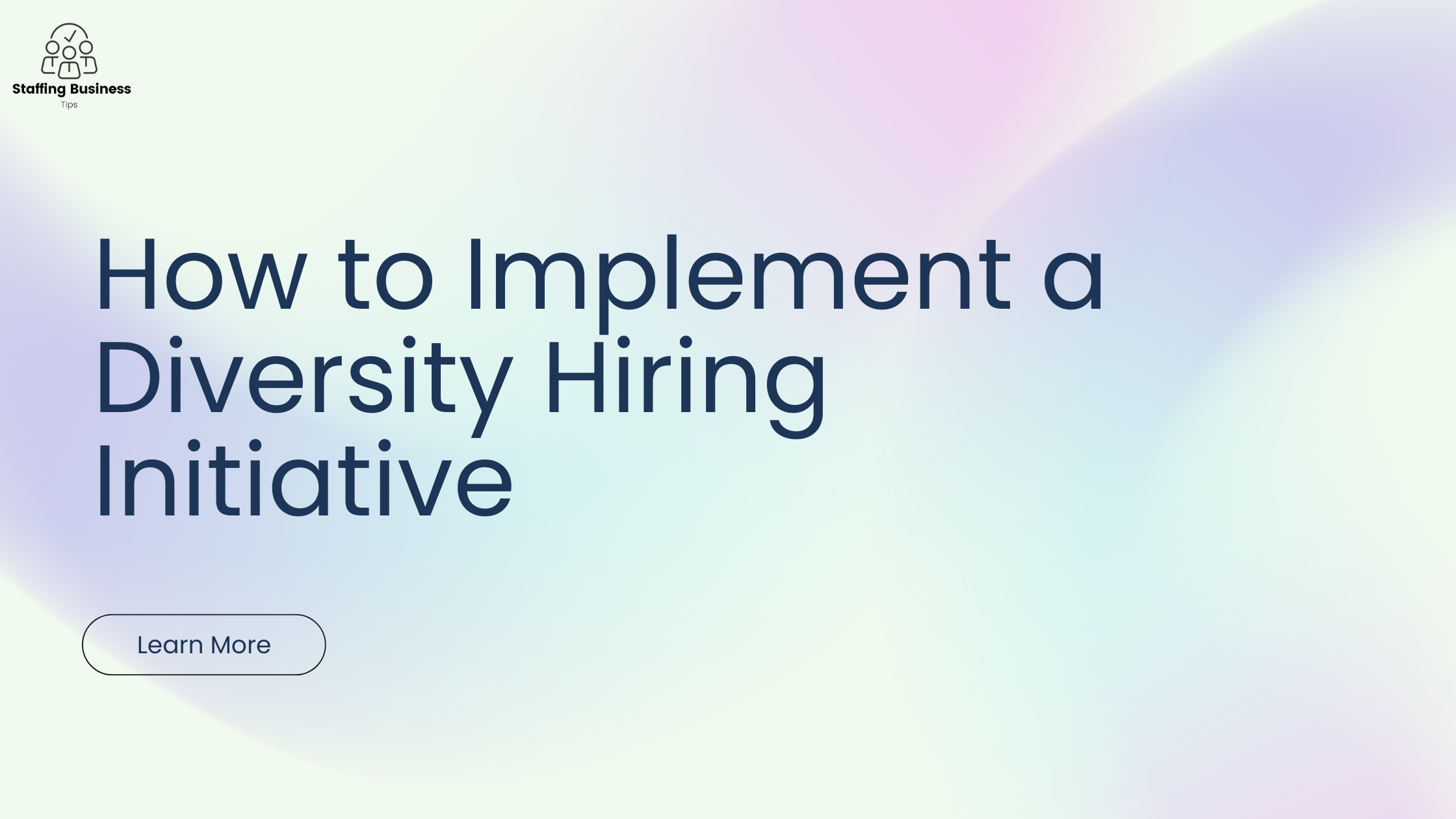
How to Implement a Diversity Hiring Initiative
A key element of an organization’s success is its hiring practices. It entails purposefully hiring and recruiting people with diverse backgrounds, including those that differ in terms of racial or ethnic background, gender, age, sexual orientation, and physical ability. Workplace diversity has many advantages, including improved capacity for creativity, innovation, and problem-solving. Companies can better…







